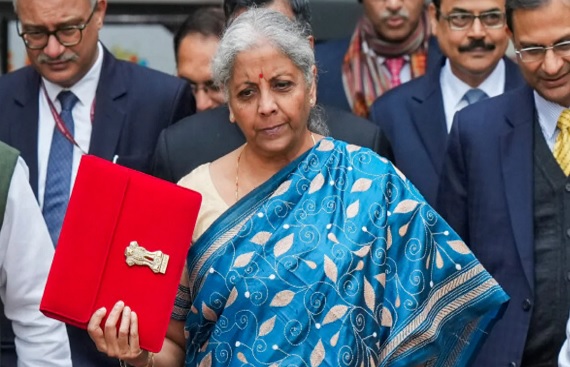Budget 2025: Two-Wheeler Industry Seeks Tax Relief and EV Push for Growth
By
siliconindia | Thursday, 30 January 2025, 06:28 Hrs

As the Union Budget 2025 approaches, two-wheeler manufacturers are optimistic about measures that could revive rural demand and accelerate the shift toward electric mobility (EVs). The government’s emphasis on boosting consumption and putting more money in the hands of the common man is expected to significantly benefit the rural-focused two-wheeler segment.
Industry players are particularly hopeful that a revision in income tax slabs will leave consumers with higher disposable incomes, thereby driving discretionary spending, particularly in rural areas. This could provide a much-needed lift for entry-level two-wheelers, which remain a critical market for manufacturers. Market veterans emphasize the importance of accessible financing options, noting that making electric two-wheelers affordable in both urban and rural markets is key to unlocking their full potential.
Apart from relief on the tax front, the sector has also sought continuation of support for electric vehicles, with a particular demand for extending the FAME-III subsidy beyond March 2025. That, along with direct incentives to develop strong EV supply chains particularly for batteries will be needed to cut import dependency and increase value addition at home. Industry stakeholders also want performance-linked incentives, which will help strengthen local manufacturing capabilities and position India as a global leader in technology.
A simplified Goods and Services Tax (GST) structure is another pressing demand. Industry players are advocating for a uniform 5 percent tax rate across EVs, components, and charging infrastructure, arguing that such a move would reduce costs and help foster growth across the sector.
These are considered imperative steps to encourage fleet expansion and nudge India toward its Net Zero target by 2070. Experts feel the two-wheeler industry can play a significant role in structuring future mobility for India with renewed policy support, investment in new-age technologies, and efforts to make EVs more accessible.
The sector, however, has faced a tough time in the last few months. Shares of major two-wheeler players have been on a slippery slope. Hero MotoCorp, often considered the flagbearer of rural demand, has seen its stock fall by 20 percent. Bajaj Auto has seen an 18 percent decline, while TVS Motor has seen a 10 percent slide. Even disruptor Ola Electric Mobility has faced challenges, with its valuation dipping by 12 percent.
Nevertheless, industry experts believe that February 1 could mark a turning point. If the Union Budget includes measures to boost rural demand and accelerate EV adoption, these stocks could witness a significant rebound, reigniting investor optimism in the sector and putting growth in top gear. The budget is seen as a critical opportunity to address existing challenges, build momentum, and steer the two-wheeler industry toward sustainable growth and innovation.
